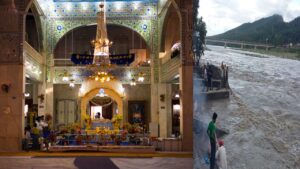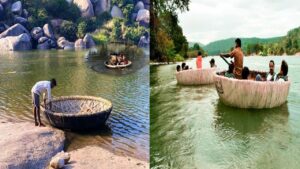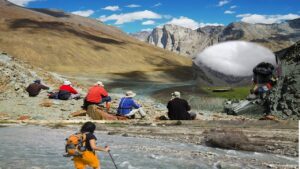Beauty of Kinner Kailash Trek
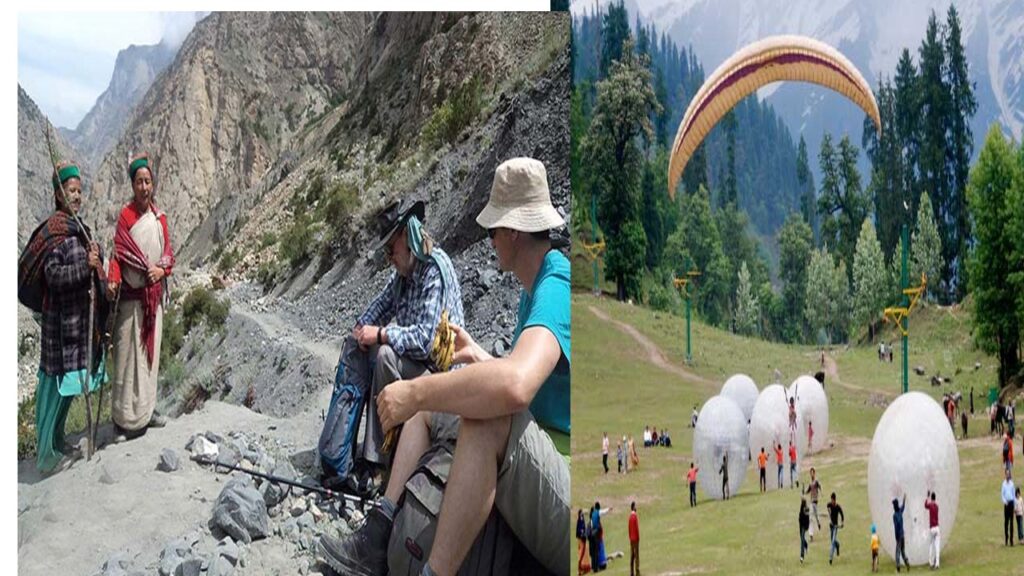
If you’re an adventurous soul with a penchant for breathtaking landscapes and spiritual experiences, the Kinner Kailash Trek is a journey that should be at the top of your bucket list. Nestled in the heart of the Himalayas, this trek offers not only a physically challenging adventure but also a deeply spiritual and awe-inspiring pilgrimage.
The Mystical Kinner Kailash
Kinner Kailash, also known as Kinnaur Kailash, is a sacred mountain in the Kinnaur district of Himachal Pradesh, India. This majestic peak stands at 6,050 meters (19,849 feet) and is revered by both Hindu and Buddhist communities. It is believed to be the abode of Lord Shiva, making it a significant religious site.
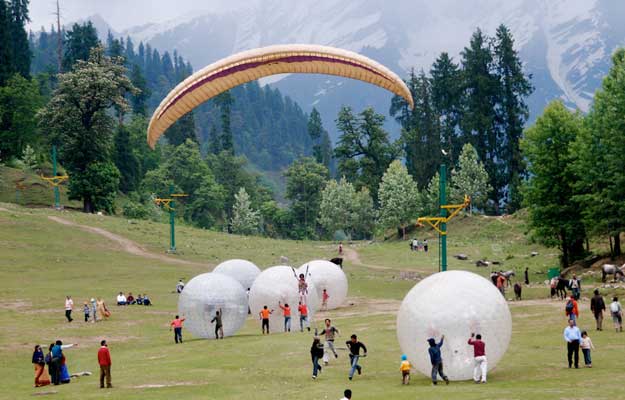
Planning Your Adventure
Before embarking on this mesmerizing journey, it’s crucial to plan meticulously. Here are the steps to ensure a seamless experience:
Acquire Necessary Permits
The first step is obtaining permits from the local authorities. Due to the proximity to the Indo-Tibetan border, access to this region is restricted. Ensure you have all the required permissions.
Best Time to Trek
The ideal time for the Kinner Kailash Trek is from June to September when the weather is pleasant and the trails are relatively free from snow.
Physical Fitness
Prepare your body for the trek by engaging in regular physical activities and building stamina. This high-altitude trek demands endurance.
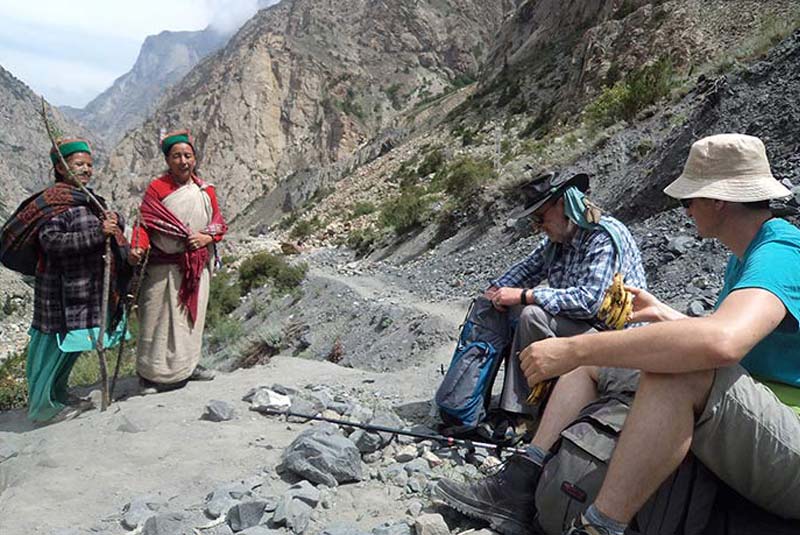
Packing Essentials
Pack wisely with warm clothing, comfortable trekking shoes, a sturdy backpack, and essential medical supplies.
The Trekking Experience
Now, let’s dive into the thrilling journey of the Kinner Kailash Trek:
Day 1: Shimla to Recong Peo
Begin your journey from Shimla and drive to Recong Peo, the district headquarters of Kinnaur. This scenic drive will give you a glimpse of the lush green valleys.
Day 2: Recong Peo to Thangi
Continue your drive to Thangi, a small village nestled in the Himalayas. This is where your trekking adventure truly begins.
Day 3: Thangi to Charang
Start your trek from Thangi to Charang, which is known for its picturesque landscapes and traditional Himachali architecture.
Day 4: Charang to Lalanti
The trail from Charang to Lalanti takes you through high mountain meadows and offers panoramic views of the surrounding peaks.
Day 5: Lalanti to Kinner Kailash Base Camp
This is a challenging stretch that leads you to the Kinner Kailash Base Camp, where you’ll be surrounded by snow-clad peaks.
Day 6: The Sacred Parikrama
Embark on the sacred Parikrama (circumambulation) of the Kinner Kailash peak. This spiritual journey is a highlight of the trek.
Day 7: Descending to Thangi
As you descend from the base camp to Thangi, take in the breathtaking views one last time.
The Spiritual Aspect
Religious Significance
The Kinner Kailash Trek is not just about physical endurance but also spiritual enlightenment. It’s believed that circumambulating the Kinner Kailash peak washes away sins.
Visit to Charang Temple
During your trek, you’ll have the opportunity to visit the ancient Charang Temple, dedicated to the local deity, Rangrik Tungma. The intricate woodwork and centuries-old traditions are awe-inspiring.
Conclusion
In conclusion, the Kinner Kailash Trek is an adventure of a lifetime that combines the thrill of trekking with spiritual awakening. As you navigate through the rugged terrain and witness the breathtaking beauty of the Himalayas, you’ll also find solace in the spiritual significance of this sacred land.
FAQs (Frequently Asked Questions)
1. Is the Kinner Kailash Trek suitable for beginners?
The trek is challenging and not recommended for beginners. It requires a good level of physical fitness and acclimatization to high altitudes.
2. Are there any age restrictions for the trek?
While there is no strict age limit, participants should be in good health and prepared for the physical demands of the trek.
3. Can I undertake the trek independently, or do I need a guide?
It’s advisable to hire a local guide who knows the terrain and can assist with permits and logistics.
4. Are there any accommodations available during the trek?
Accommodations are limited and basic. Trekkers often stay in tents or local guesthouses.
5. How do I get to Shimla, the starting point of the trek?
Shimla is well-connected by road and rail. You can reach Shimla by bus or train from major cities in India.

